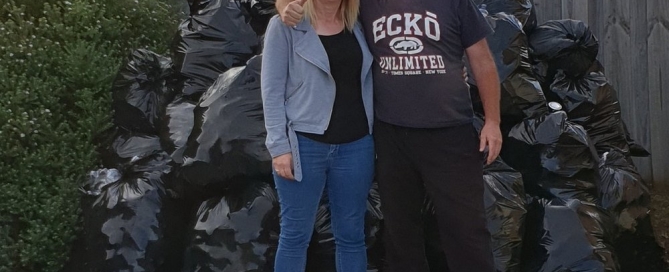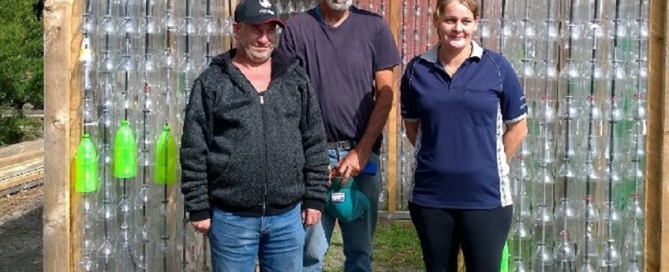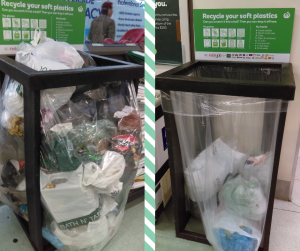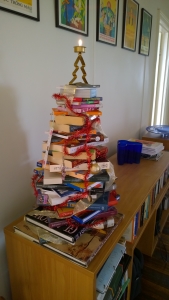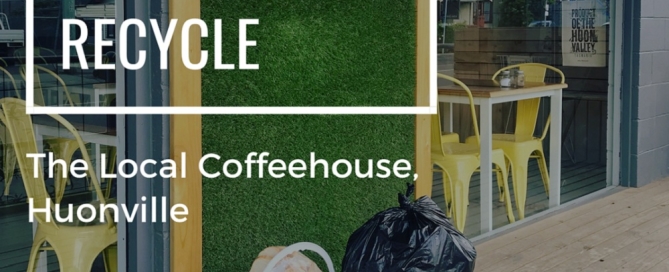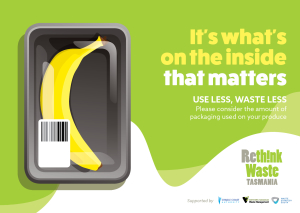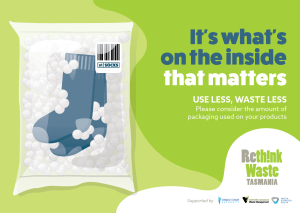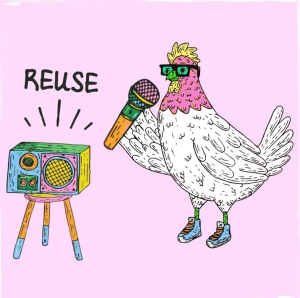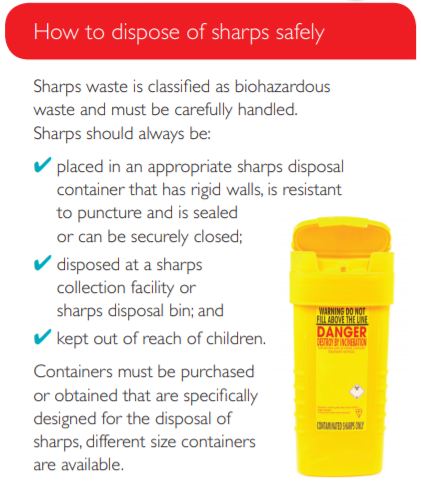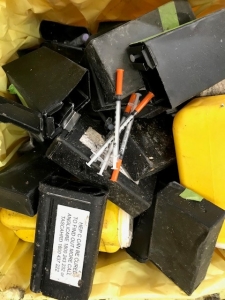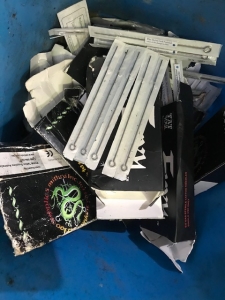Bridgewater Gagebrook Clean Up Group
Mark and Ange’s energy, passion and action towards waste avoidance in Tasmania puts them firmly in the ‘good sort’ category.
Four years ago they voluntarily started cleaning up litter in Bridgewater and Gagebrook after walking over the Jordan River Bridge and noticing the extraordinary amount of debris polluting the waterway.
More than 250 shopping trolleys, 86000 cigarette butts and 38000 recyclable containers later, the Bridgewater Gagebrook Clean Up Group continues to make a significant difference to their local streets, parks and reserves. Not even a blackberry infested riverbank can deter them from hand-cutting their way to litter trapped in the vegetation!
Mark and Ange are strong advocates for a container deposit scheme in Tasmania and are motivated to make their neighbourhood look great while leaving a positive legacy for future generations. The Group has harnessed the interest of followers on social media and regularly share the volume and types of litter found to raise awareness and to stimulate behaviour change.
To get behind their efforts or to lend a hand with clean-ups, visit the Bridgewater Gagebrook Clean Up Group on Facebook

